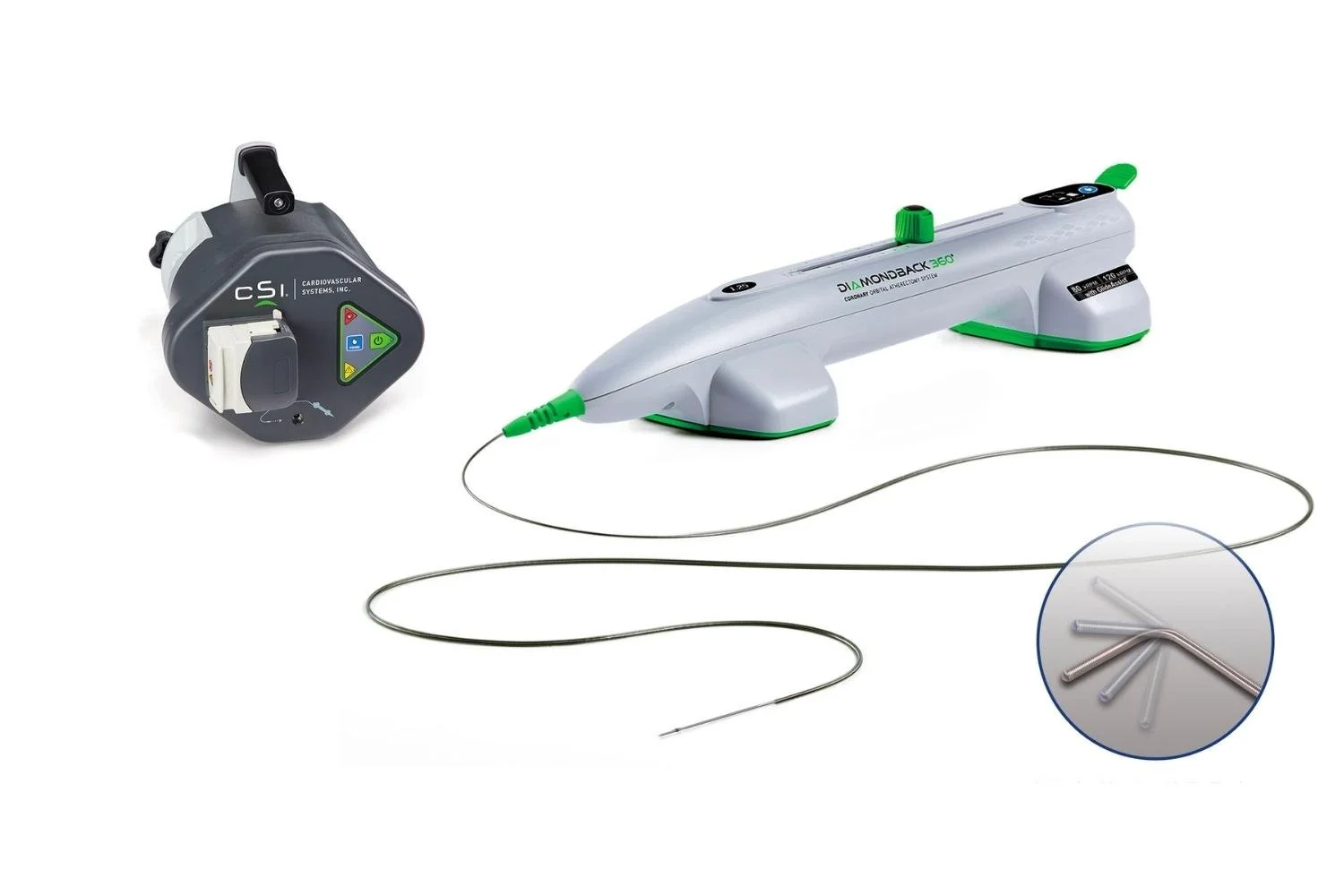What is an orbital atherectomy?
An orbital atherectomy is a minimally invasive procedure used to treat the narrowing of the arteries. The orbital atherectomy procedure uses a small device that passes through a catheter (a thin, flexible tube) to remove plaque from the artery wall.
In this video, Dr. Tracey Roth explains Orbital Atherectomy - a minimally invasive treatment for peripheral artery disease (PAD).
Why is it done?
Orbital atherectomy is done to improve blood flow and relieve symptoms caused by the narrowing of the arteries. orbital atherectomy can also be used to prepare the artery for stenting (a type of treatment for artery disease).
How is orbital atherectomy performed?
Orbital atherectomy is performed by an interventional cardiologist or vascular surgeon. The procedure is usually done in a hospital or outpatient center.
This device fits into the artery, sands the vessel, modifies the plaque, sends the debris out of the area of concern, and makes the vessel softer so that a stent and balloon can be inserted.
How to prepare for orbital atherectomy?
Your doctor will likely do a physical exam and order blood tests and other tests to see if you have arterial disease. You may also undergo a coronary angiogram (a test that uses dye and special x-ray equipment to see the arteries) before orbital atherectomy.
After the procedure?
You will be taken to a recovery room, where you will be monitored for any complications. You may have a small surgical wound on your leg where the catheter was inserted. You may also have some bruising and swelling around the wound. Orbital atherectomy is usually done as an outpatient procedure, so you should be able to go home the same day.
To request an appointment click below or call (239) 300–0586


